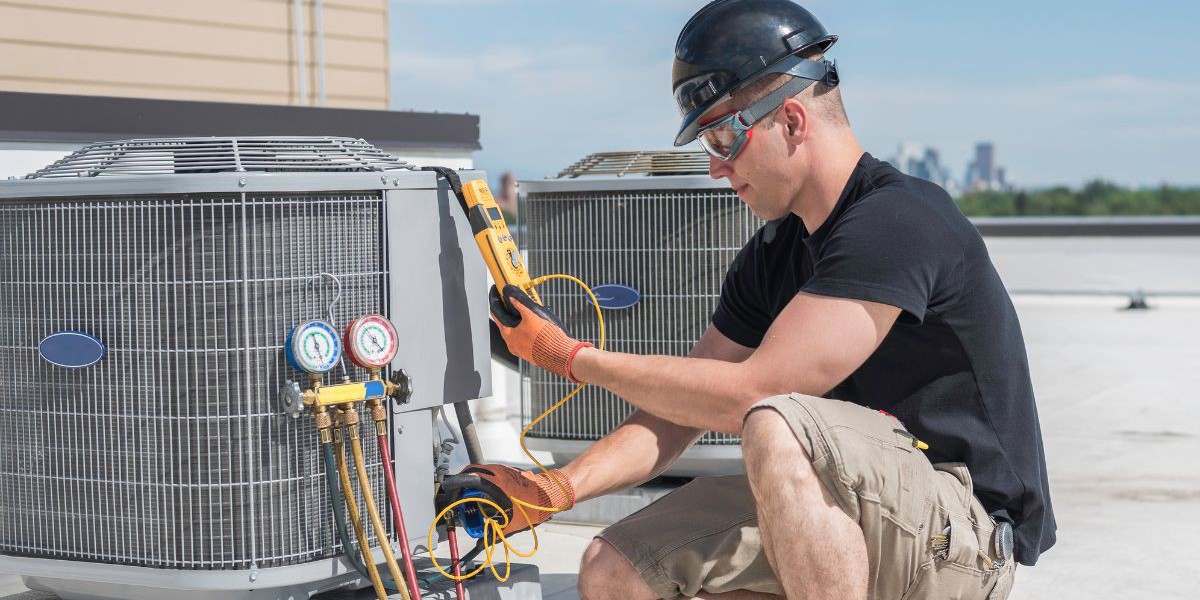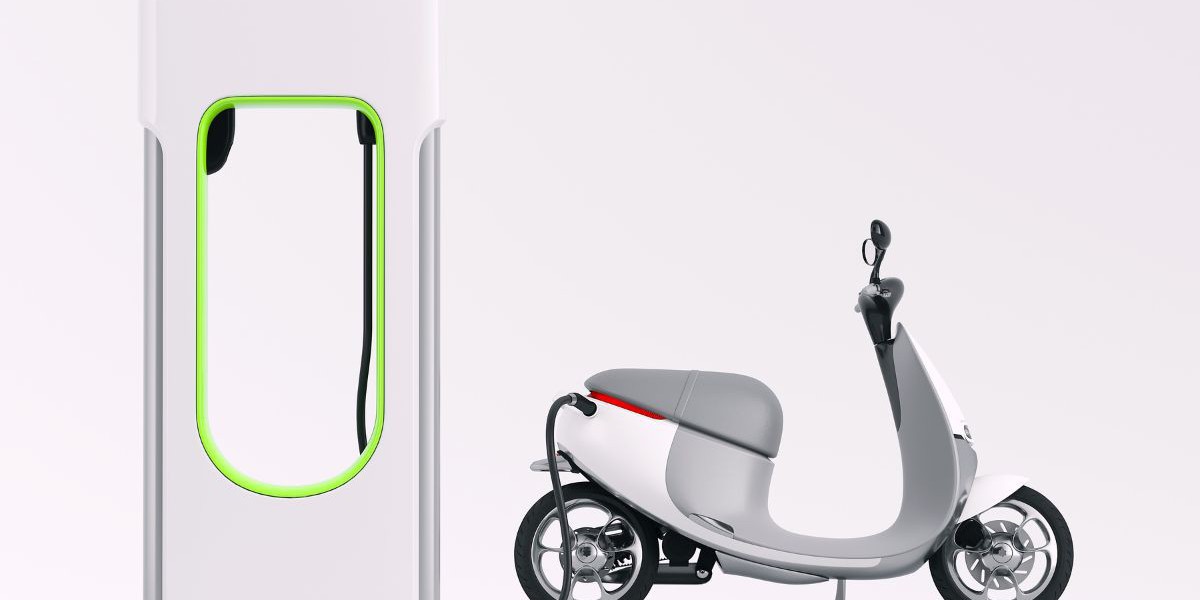The Australia HVAC market, valued at AUD 6.80 billion as of 2024, has experienced substantial growth due to the adoption of energy-efficient systems that reduce consumption and lower utility bills. The market is projected to expand at a compound annual growth rate (CAGR) of 5.60% from 2025 to 2034, potentially reaching AUD 11.73 billion by 2034. The incorporation of the Internet of Things (IoT) into HVAC systems facilitates real-time monitoring and predictive maintenance, further boosting efficiency and performance. As the demand for environmentally friendly solutions continues to rise, the Australian HVAC market is witnessing significant technological advancements and a growing emphasis on sustainability, all of which are shaping its future trajectory.
Market Overview: A Growing Demand for Energy Efficiency
The Australian HVAC (Heating, Ventilation, and Air Conditioning) market encompasses a wide array of products and services, including heating and cooling systems for both residential and commercial applications, ventilation solutions, and air quality management systems. With Australia’s extreme climate conditions, from hot summers to cold winters, HVAC systems play a vital role in maintaining comfort and ensuring air quality.
A primary driver behind the market’s growth is the increasing demand for energy-efficient HVAC systems. Australians are increasingly focused on reducing their carbon footprints and lowering their energy consumption, driving the adoption of smart HVAC technologies and energy-efficient solutions. Energy-efficient HVAC systems not only help in reducing energy bills but also contribute to environmental sustainability, making them highly appealing to both consumers and businesses. As government regulations around energy efficiency tighten and awareness of environmental impact grows, the HVAC industry has responded with increasingly advanced solutions that prioritize energy savings and lower emissions.
The Role of IoT and Smart Technologies in HVAC Systems
One of the most transformative trends in the Australian HVAC market is the integration of the Internet of Things (IoT) into HVAC systems. The IoT enables HVAC systems to be more intelligent and responsive, allowing for real-time monitoring, remote control, and predictive maintenance. This shift toward connected devices provides consumers and businesses with greater control over their HVAC systems, making it easier to manage energy use and performance.
For instance, IoT-enabled HVAC systems can monitor variables such as temperature, humidity, air quality, and energy consumption, adjusting settings to optimize performance. This results in not only a more comfortable indoor environment but also significant energy savings. Predictive maintenance, powered by IoT technology, helps to identify potential system issues before they cause failure, reducing downtime and extending the lifespan of HVAC equipment. As businesses and homeowners seek more efficient ways to operate their systems, the demand for smart HVAC solutions that offer these features is expected to increase.
Increasing Focus on Sustainability and Green Building Practices
Sustainability is another key driver of growth in the Australian HVAC market. The rising emphasis on reducing carbon emissions and improving energy efficiency has led to an increased demand for environmentally friendly HVAC systems. Australia has set ambitious targets for reducing greenhouse gas emissions, which has encouraged the adoption of more sustainable building practices, including the use of green-certified HVAC systems.
Energy-efficient HVAC systems, such as those utilizing variable refrigerant flow (VRF) technology, geothermal heating and cooling, and air-source heat pumps, are gaining traction. These systems consume less energy compared to traditional heating and cooling systems, making them more eco-friendly while simultaneously providing cost savings. Furthermore, the increasing implementation of energy-efficient building codes and standards is driving the uptake of advanced HVAC solutions in both residential and commercial buildings.
In addition, the global push for net-zero buildings and sustainable architecture is propelling demand for HVAC systems that integrate seamlessly with other energy-efficient technologies, such as solar panels and smart lighting. As more Australian businesses and homeowners opt for green certifications such as LEED (Leadership in Energy and Environmental Design) or NABERS (National Australian Built Environment Rating System), there is a growing requirement for HVAC systems that support these efforts by reducing energy usage and enhancing overall building performance.
Government Regulations and Incentives
Government regulations and incentives play a crucial role in shaping the Australian HVAC market. Over the past few years, Australia’s government has introduced several policies aimed at promoting energy efficiency and reducing carbon emissions, which have directly influenced the demand for energy-efficient HVAC systems.
For example, the Australian government has implemented the Energy Efficiency Opportunities (EEO) program, which encourages businesses to adopt energy-saving technologies and practices. Additionally, tax incentives and rebates for the installation of energy-efficient HVAC systems have been introduced to help consumers offset the initial cost of these systems. These incentives are particularly beneficial for businesses looking to reduce operating costs and improve their environmental footprint.
As government policies continue to evolve and become stricter, the demand for HVAC systems that comply with energy efficiency standards and sustainability goals is expected to grow. Manufacturers are responding by designing HVAC systems that not only meet these regulations but exceed them, offering consumers and businesses advanced solutions that help them stay ahead of the curve.
Residential vs. Commercial HVAC Demand
Both residential and commercial sectors are major contributors to the Australian HVAC market, though there are distinct differences in their demands and preferences. In the residential market, the primary focus is on providing comfort and convenience. Homeowners are increasingly opting for energy-efficient HVAC systems that offer lower running costs and improved comfort. The growing trend of smart homes has also boosted demand for IoT-enabled HVAC systems that integrate with home automation systems, allowing homeowners to control their HVAC systems via mobile apps or voice assistants.
In the commercial sector, HVAC systems are crucial for maintaining a comfortable and productive environment in office buildings, shopping malls, hospitals, and industrial facilities. The demand for HVAC solutions in commercial buildings is largely driven by the need to optimize energy use and meet sustainability goals. Businesses are also increasingly adopting integrated HVAC solutions that improve indoor air quality (IAQ), which has become a key consideration, especially in light of the COVID-19 pandemic.
In both sectors, there is growing interest in upgrading older HVAC systems to more energy-efficient models. The long-term cost savings, combined with the environmental benefits of energy-efficient HVAC systems, are compelling reasons for both residential and commercial customers to make the switch.
Competitive Landscape: Key Players and Innovations
The Australian HVAC market is highly competitive, with several international and local players operating in the sector. Major HVAC manufacturers and service providers such as Daikin, Mitsubishi Electric, Fujitsu, and Carrier are prominent in the market, offering a wide range of products that cater to both residential and commercial applications. These companies are continuously innovating to stay ahead of market trends, especially with regards to energy efficiency, sustainability, and smart technologies.
Additionally, local HVAC service providers play a vital role in installation, maintenance, and repairs. These companies are leveraging advancements in IoT, AI, and machine learning to enhance their service offerings, providing predictive maintenance and real-time monitoring services for customers. As consumer demand for smarter, more efficient HVAC systems continues to rise, it is expected that HVAC manufacturers and service providers will increasingly collaborate to offer integrated, energy-efficient solutions.
Conclusion: A Bright Future for the HVAC Market
The Australian HVAC market is poised for continued growth, driven by increasing demand for energy-efficient systems, IoT integration, and sustainability. As the market expands, consumers and businesses alike are focusing on reducing energy consumption and lowering utility costs, all while maintaining a comfortable and healthy indoor environment. With a projected market value of AUD 11.73 billion by 2034, the future of the Australian HVAC market looks promising, supported by technological advancements, regulatory incentives, and a strong focus on environmental sustainability.
As the adoption of smart, energy-efficient, and sustainable HVAC systems becomes more widespread, the market is expected to evolve with innovative solutions that address the growing need for comfort, efficiency, and reduced environmental impact. The future of the HVAC industry in Australia is not only about improving energy performance but also about meeting the changing demands of consumers and businesses in an increasingly digital and eco-conscious world.







